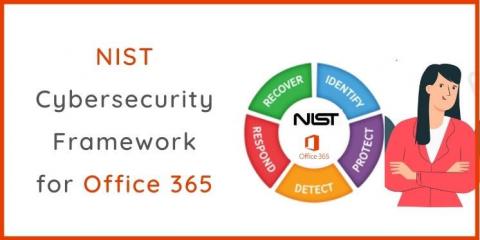Critical Microsoft Exchange flaw: What is CVE-2021-26855?
On January 6, 2021. Hafnium, a Chinese state-sponsored group known for notoriously targeting the United States, started exploiting zero-day vulnerabilities on Microsoft Exchange Servers. The criminals launched a deluge of cyberattacks for almost 2 months without detection. On March 2, 2021, Microsoft finally became aware of the exploits and issued necessary security patches. By that point, it was too late.










